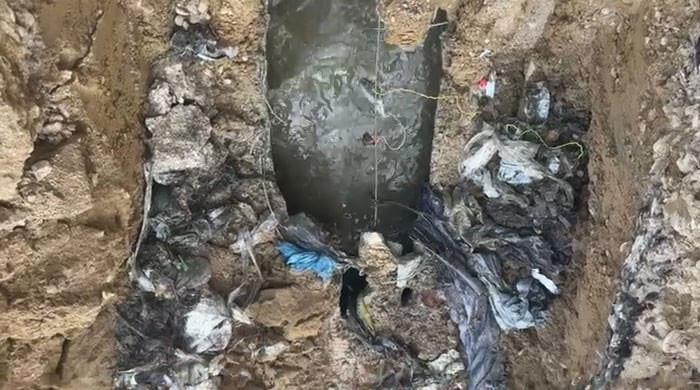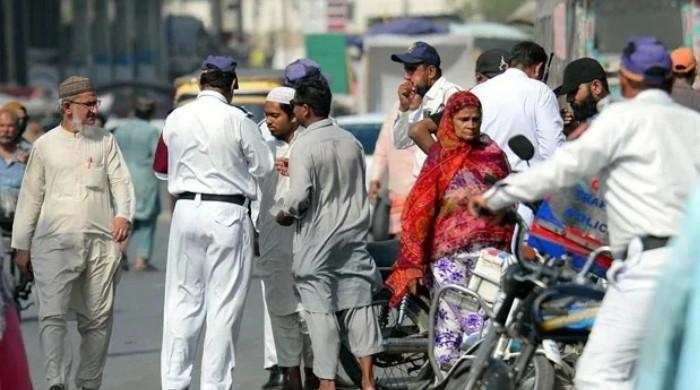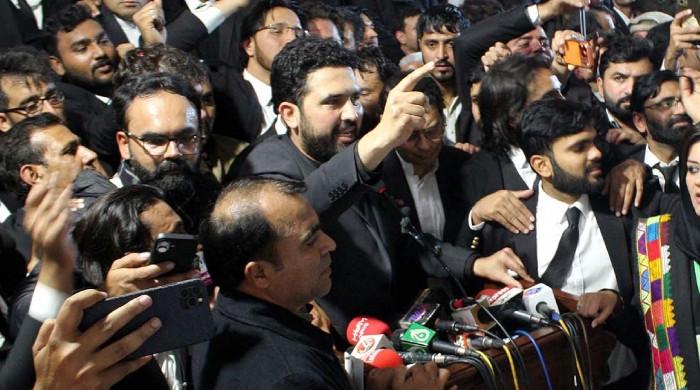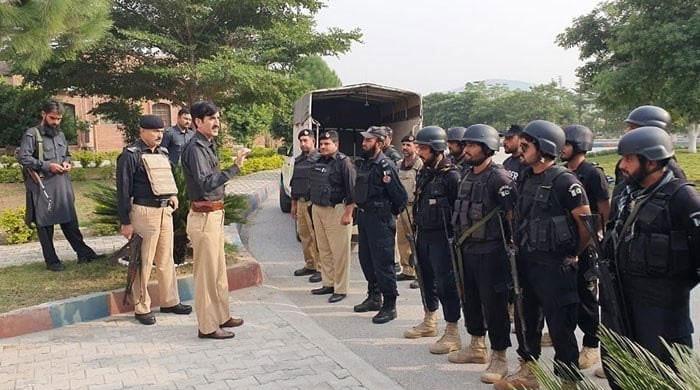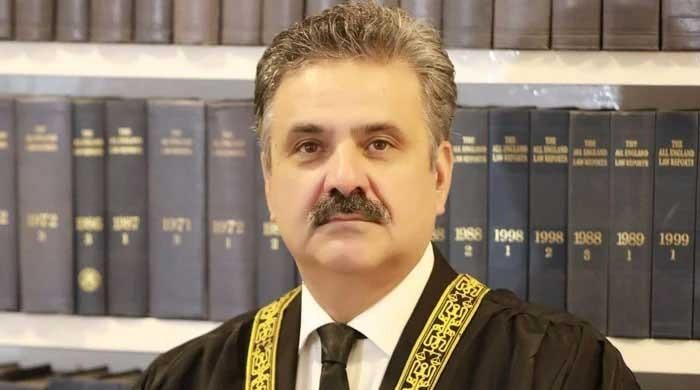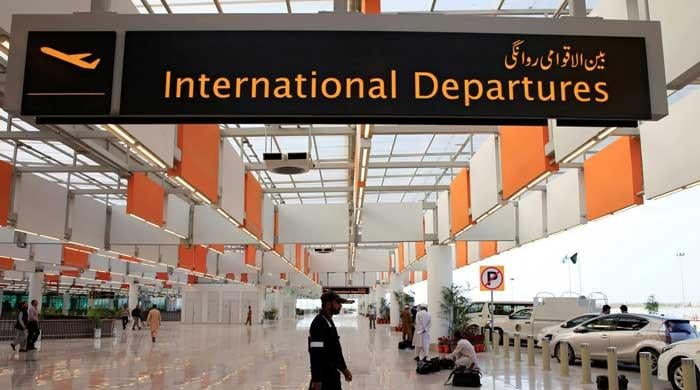Panama Papers case: The April 20 judgment
A close scrutiny of the five-judge verdict offers possible post-JIT scenarios
July 09, 2017
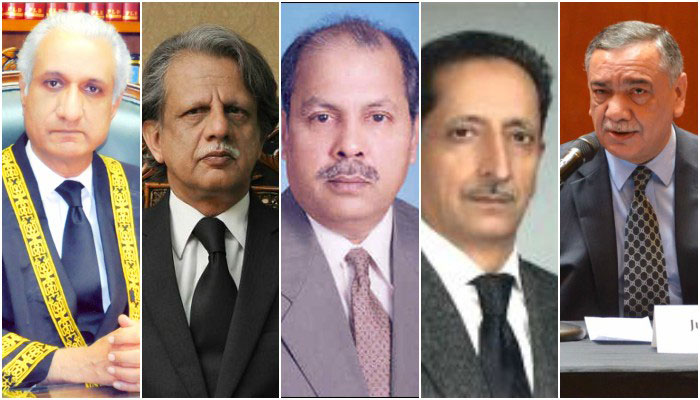
The five-member Panama case bench delivered its judgment in the case on April 20, 2017.
Two judges, Justice Gulzar Ahmed and Justice Asif Saeed Khosa, authored dissenting judgments calling for the disqualification of the premier but the majority judges decided in favour of a further probe to determine the premier's culpability.
Here is a breakdown of the final judgment, endorsed by all five judges:
"By a majority of 3 to 2 (Asif Saeed Khan Khosa and Gulzar Ahmed, JJ) dissenting, who have given separate declarations and directions, we hold that the questions how did Gulf Steel Mill come into being; what led to its sale; what happened to its liabilities; where did its sale proceeds end up; how did they reach Jeddah, Qatar and the U.K.; whether respondents No. 7 and 8 in view of their tender ages had the means in the early nineties to possess and purchase the flats; whether sudden appearance of the letters of Hamad Bin Jassim Bin Jaber Al-Thani is a myth or a reality; how bearer shares crystallized into the flats; who, in fact, is the real and beneficial owner of M/s Nielsen Enterprises Limited and Nescoll Limited, how did Hill Metal Establishment come into existence; where did the money for Flagship Investment Limited and other companies set up/taken over by respondent No. 8 come from, and where did the Working Capital for such companies come from and where do the huge sums running into millions gifted by respondent No. 7 to respondent No. 1 drop in from, which go to the heart of the matter and need to be answered. Therefore, a thorough investigation in this behalf is required.
In normal circumstances, such exercise could be conducted by the NAB but when its Chairman appears to be indifferent and even unwilling to perform his part, we are constrained to look elsewhere and therefore, constitute a Joint Investigation Team (JIT)."
JIT's terms of reference
"The JIT shall investigate the case and collect evidence, if any, showing that respondent No. 1 or any of his dependents or benamidars owns, possesses or has acquired assets or any interest therein disproportionate to his known means of income. Respondents No. 1, 7 and 8 are directed to appear and associate themselves with the JIT as and when required. The JIT may also examine the evidence and material, if any, already available with the FIA and NAB relating to or having any nexus with the possession or acquisition of the aforesaid flats or any other assets or pecuniary resources and their origin. The JIT shall submit its periodical reports every two weeks before a Bench of this Court constituted in this behalf. The JIT shall complete the investigation and submit its final report before the said Bench within a period of sixty days from the date of its constitution. The Bench thereupon may pass appropriate orders in exercise of its powers under Articles 184(3), 187(2) and 190 of the Constitution including an order for filing a reference against respondent No. 1 and any other person having nexus with the crime if justified on the basis of the material thus brought on the record before it."
Post-JIT scenario
"It is further held that upon receipt of the reports, periodic or final of the JIT, as the case may be, the matter of disqualification of respondent No. 1 shall be considered. If found necessary for passing an appropriate order in this behalf, respondent No. 1 or any other person may be summoned and examined."
Special bench's role
"We would request the Hon’ble Chief Justice to constitute a Special Bench to ensure implementation of this judgment so that the investigation into the allegations may not be left in a blind alley."




